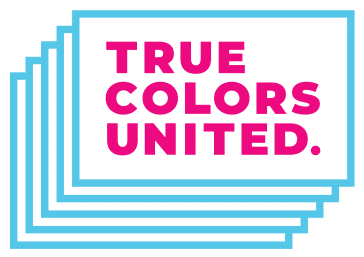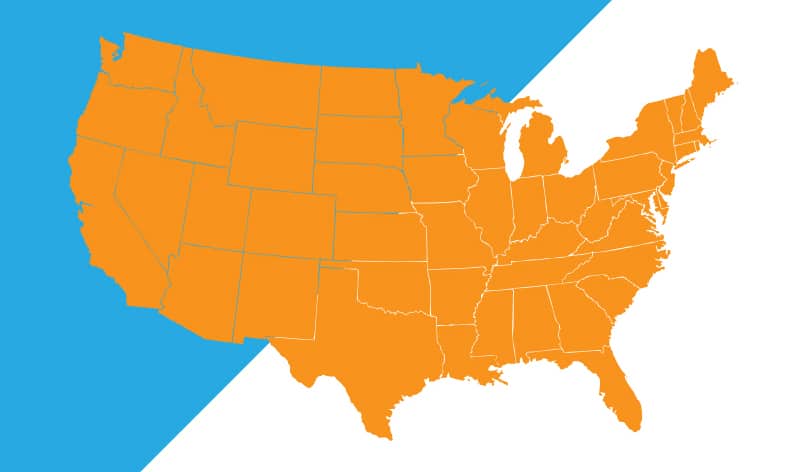
The State Index rates all 50 states and Washington, D.C. on effort to end youth homelessness.
Developed as a partnership between the True Colors Fund and National Law Center on Homelessness & Poverty, the State Index on Youth Homelessness is:
- A state-by-state evaluation of the work being done to prevent and end youth homelessness in America.
- A snapshot of the legal, systemic, and environmental barriers that youth experiencing homelessness face.
- A guide to help elected officials improve their state’s work to end youth homelessness.
So, without further ado – here are the top scoring states, according to the State Index:
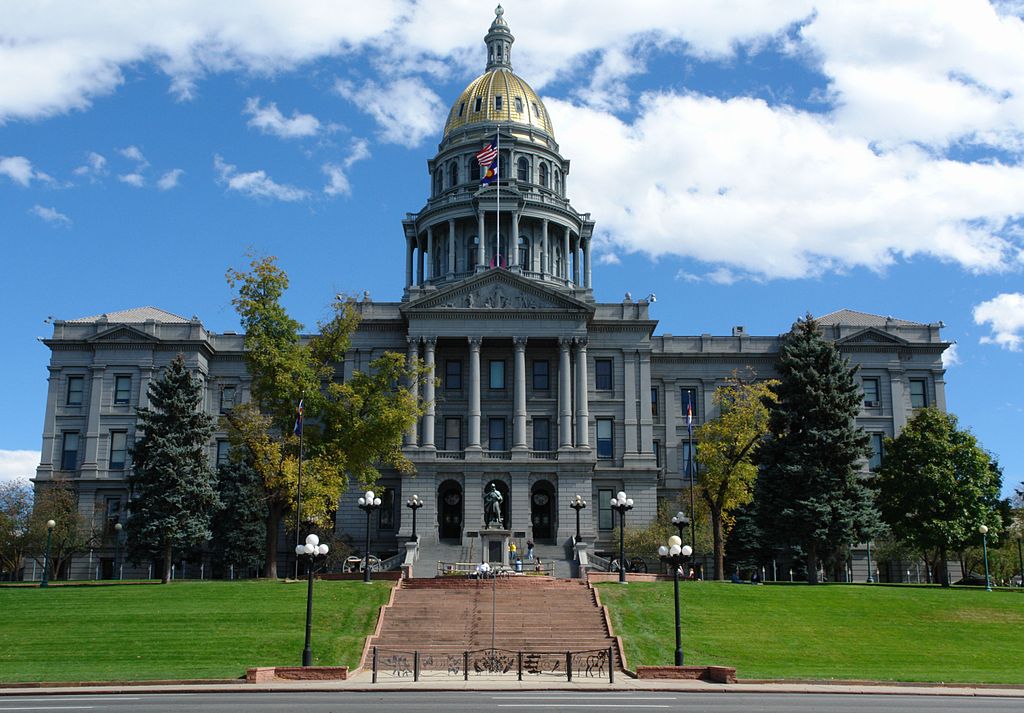
#5 – Colorado
State Score: 60/100
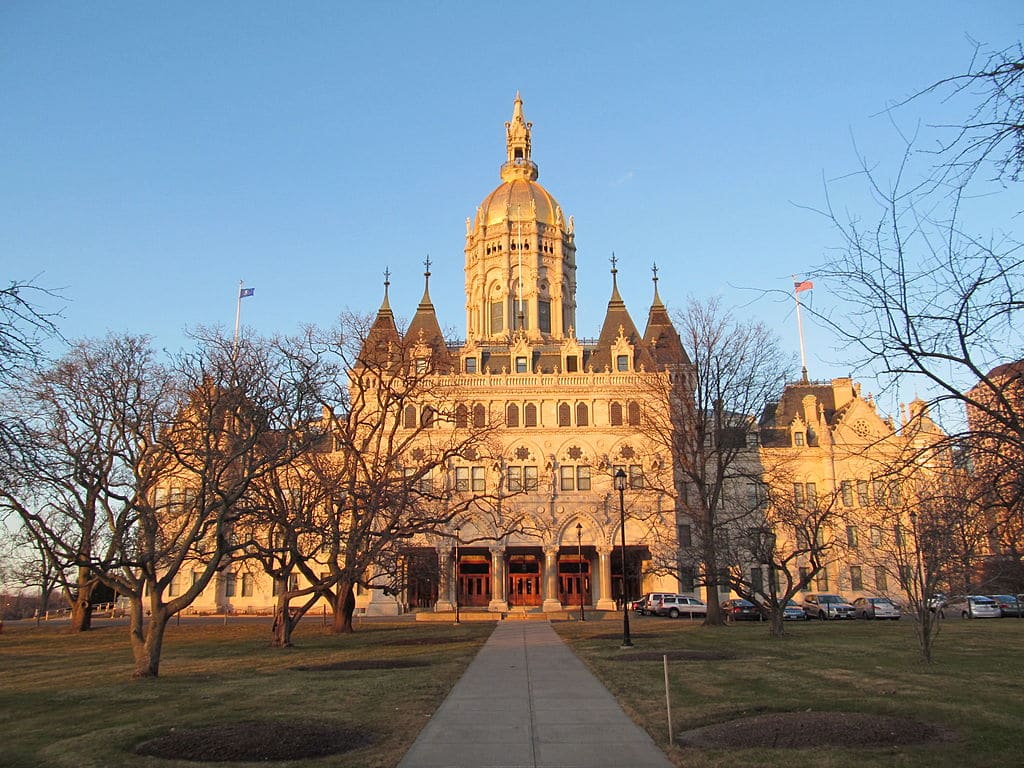
#3 (tie) – Connecticut
State Score: 61/100
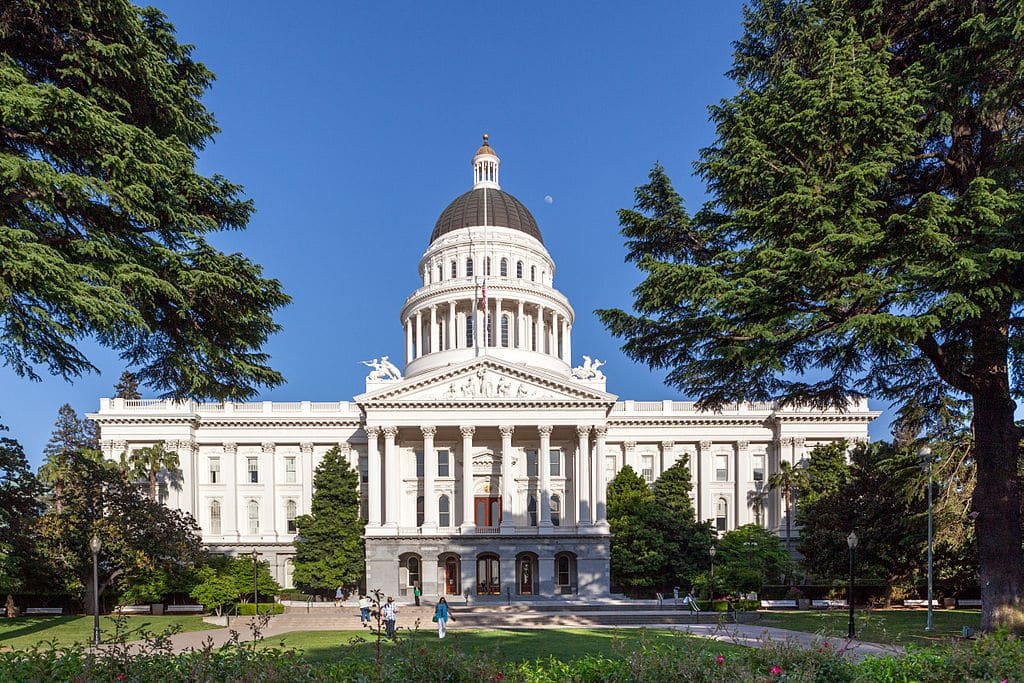
#3 (tie) – California
State Score: 61/100
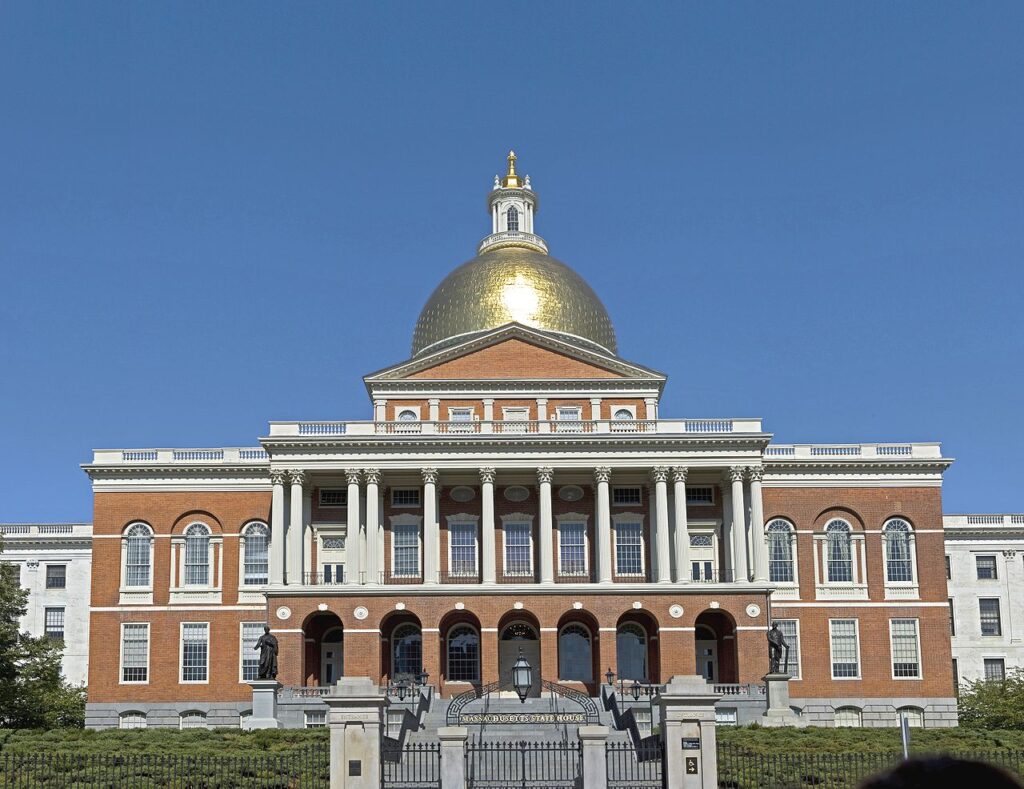
#2 – Massachusetts
State Score: 63/100
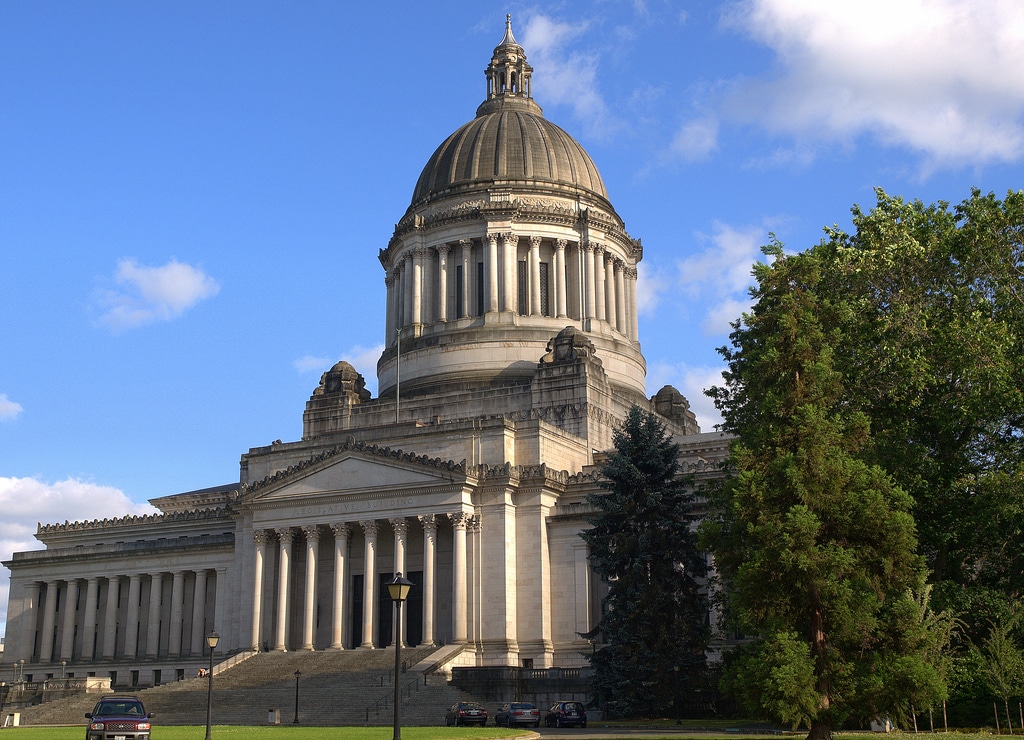
#1 – Washington
State Score: 69/100
How Does Your State Stack Up?
While the above states scored the highest in the State Index, the top score was only a 69/100. That shows that there’s still much work to be done across the board. Learn what your state is doing to address youth homelessness and tell your governor: “We can do better!” Send a message to your governor with your state’s score and recommendations for improvement. Complete this form to look up your state score and we’ll generate a personalized email and tweet for you:
